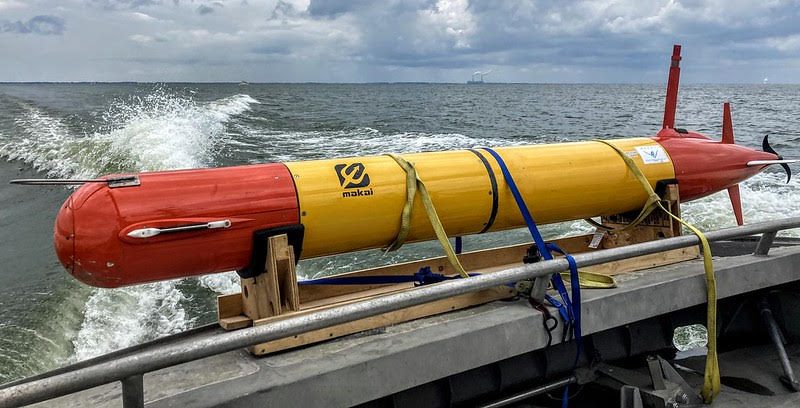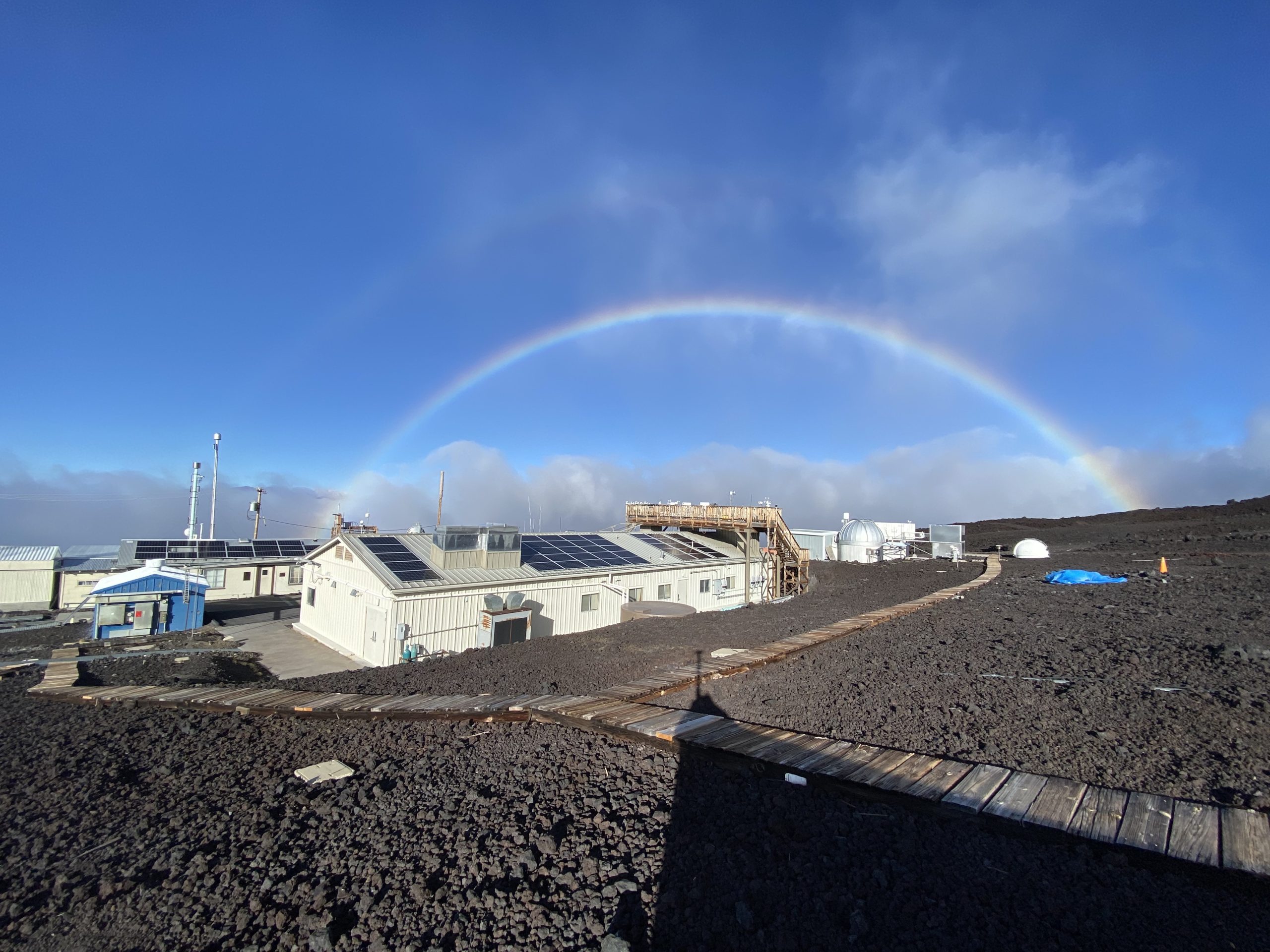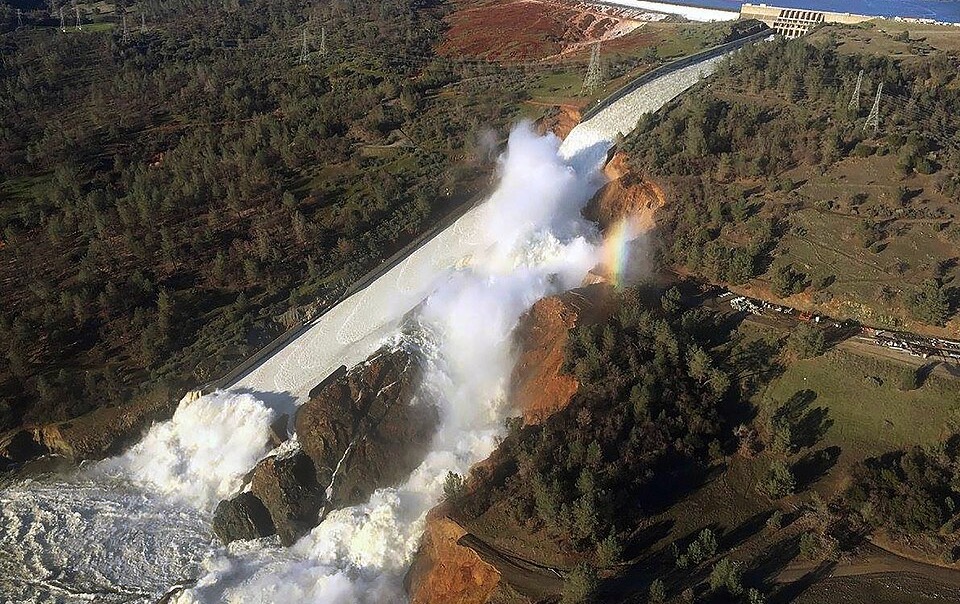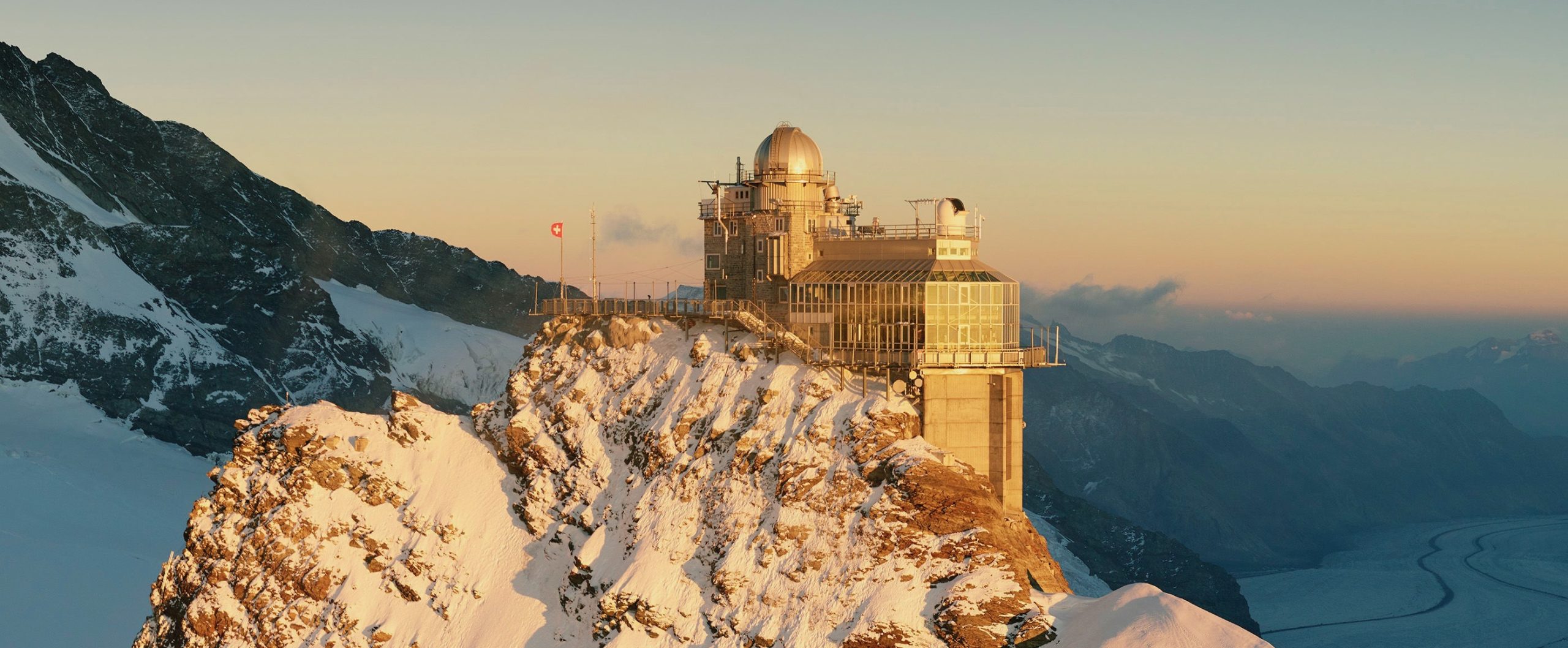Increases in greenhouse gases, decreases in aerosols and polar sea-ice, are major factors
A new study by Princeton University and NOAA researchers has found clear evidence of human influence on Earth’s climate in the past two decades of satellite measurements.
“Human activity strongly influenced the positive trend in Earth's energy imbalance, causing a significant increase in the heat stored in the planet,” said Shiv Priyam Raghuraman, the lead researcher on the study.
In fact, the study found that there is less than a one percent chance that natural variability is the sole cause of the increase.
Raghuraman is a Ph.D. student in the Program in Atmospheric and Oceanic Sciences at Princeton University and a researcher affiliated with NOAA’s Geophysical Fluid Dynamics Laboratory in New Jersey. He conducted the study, published in Nature Communications, with GFDL Physical Scientist David Paynter, and GFDL’s Director and Ph.D. advisor Venkatachalam Ramaswamy.
The researchers looked at data from satellite observations to determine the amount of energy received and reflected and emitted by Earth. In a balanced physical system the amount of incoming energy should equal the amount of outgoing energy. Earth’s system, however, isn’t balanced. This imbalance is fundamentally significant because it is driving changes in the climate system such as temperature, sea-level, and several other climatic changes.
“While there have been other studies pointing to the human influence on climate, this is the first time it has been shown through an examination of a 20-year continuous satellite energy balance record,” said Raghuraman. “We asked, ‘What caused the strong positive trend in the imbalance? Natural fluctuations in the climate system or human activities?’”
The researchers then used results from nearly 50 climate models to get a sense of what Earth’s energy balance would be like if there were no humans. The models consistently indicated that without the influence of humans, the energy imbalance increase would not be as large as the significant observed increase.
Several models — including NOAA/GFDL’s global climate model CM4 and atmospheric model AM4 — were then used to investigate what was responsible for the imbalance increase.
“Using a mathematical model, we can basically ask the question, ‘What if? What if the system had been forced only by greenhouse gases? What if the system is forced only by natural perturbations, such as changes in the sun's output and volcanic eruptions? What if the system is influenced only by pollution aerosols?’ That helps us determine the causes of the planet’s energy imbalance trend and the processes involved,” said Ramaswamy.
The researchers performed these simulations and determined that the major causes of the energy imbalance trend were increases in greenhouse gases, decreases in aerosols, and decreases in polar sea-ice.
“The increase in greenhouse gases over the last twenty years was found to be the most important driver,” says Paynter.
“We can confidently say there is a signal of human influence,” he says, adding that he looks forward to future studies working with even longer, consecutive data sets. “We have to increase the length of the observed record to fully understand the consequences of this influence for future climate change.”
For more information, see the NOAA Geophysical Fluid Dynamics Lab research highlight.
Read the Nature Communications article online.
Media contact: Monica Allen, NOAA Communications, at monica.allen@noaa.gov or 202-379-6693.



